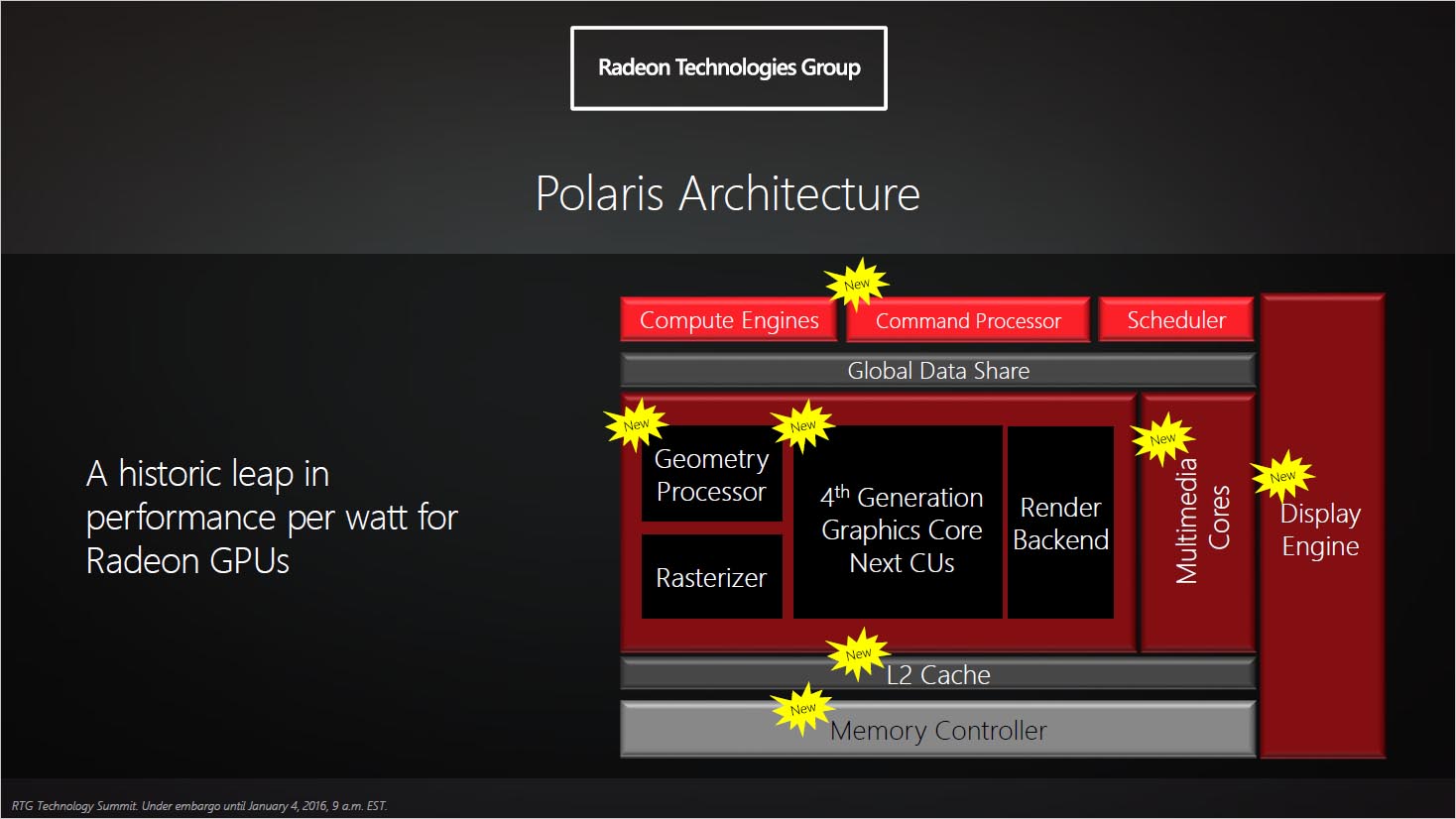- Joined
- Oct 2, 2004
- Messages
- 14,004 (1.84/day)
| System Name | Dark Monolith |
|---|---|
| Processor | AMD Ryzen 7 5800X3D |
| Motherboard | ASUS Strix X570-E |
| Cooling | Arctic Cooling Freezer II 240mm + 2x SilentWings 3 120mm |
| Memory | 64 GB G.Skill Ripjaws V Black 3600 MHz |
| Video Card(s) | XFX Radeon RX 9070 XT Mercury OC Magnetic Air |
| Storage | Seagate Firecuda 530 4 TB SSD + Samsung 850 Pro 2 TB SSD + Seagate Barracuda 8 TB HDD |
| Display(s) | ASUS ROG Swift PG27AQDM 240Hz OLED |
| Case | Silverstone Kublai KL-07 |
| Audio Device(s) | Sound Blaster AE-9 MUSES Edition + Altec Lansing MX5021 2.1 Nichicon Gold |
| Power Supply | BeQuiet DarkPower 11 Pro 750W |
| Mouse | Logitech G502 Proteus Spectrum |
| Keyboard | UVI Pride MechaOptical |
| Software | Windows 11 Pro |
In a way I hope it's true. Maybe this will be AMD's repetition of HD5000 series. Those made monumental leaps in performance for very affordable price.





 3)rz
3)rz
